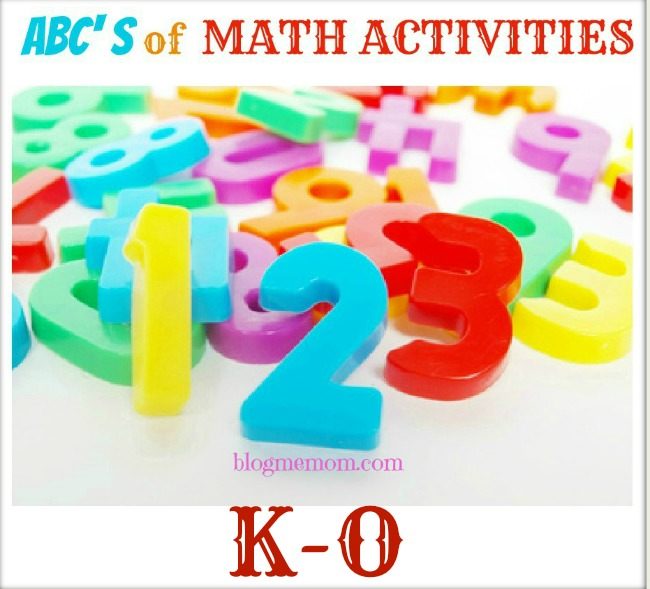
Here is the 3rd part of our ABC series on hands on math activities. To read the previous parts visit here and here.
We have many preschool math ideas and few toddler math activities.
K is for Kitchen Math
Getting kids in the kitchen is a best place to teach Mathematics. From measures to units to quantity it’s the best place to experiment math facts. Baking involves measurements and science. Imagine the possibilities – counting, measuring, estimating and comparing. Anytime your child and you develop a concoction you have brought math into the play.
While cooking discuss the ingredients and its measures:
- Talk about “how much? ” – 1 cup, 2 eggs, 1 teaspoon, 1 tablespoon.
- Touch upon fractions: eighth of a teaspoon, ½ a cup measure, ½ of the banana.
- While you chop an apple, talk about whole, half and quarters.
- Elaborate on two halves make a whole and 4 quarters make a whole and so on.
These small learning exercises will lay the foundation and help kids ease into more complex concepts during grade school. Remember at age 4, we are not sitting down with with a pen and paper talking about proper and improper fractions. It’s all about conversational and practical learning.
Exercise 1:
Add some cornmeal in a tray and give measuring cups to fill. Talk about which measure hold more and which holds less.
How many small scoops does it take to fill up a big scoop?
Exercise 2:
Peel an orange and talk about the segments. Its a new word and new concept. Peel a couple and experiment if all the oranges have the same number of segments. Does the size of the fruit have anything to do with the number of segments?
Here are some of our favorites:
M is for Money
Kids are always playing pretend shopping and store. Extending the store scene to cash register in a simple way to get the kids to start thinking about money.
When we set up a store we usually do the following
- Print play money
- Gather some coins of different denominations
- Write down the price of each item we are selling on a sheet of paper { Writing practice}
- Sort the money we have gathered into piles { Sorting practice}
..and the store is open for business.
For a preschooler the concept of a dollar’s or a quarter’s worth might be far fetched but what we do is to focus only on the math part of it.
Younger kids can do number matching by looking at the price list and the dollar bills they have on hand. Count the dollars and hand over the money. Counting and number recognition
The kid can play the store owner and give back change. Uses subtraction. Even if the child doesn’t know the denominations the parent could simply “slip up” and hand over 4 dollar bills for a $2 dollar cookie.
We did just that with a pretend play setting on starting a bakery.
We also did a very fun tracing and printing coins on paper. In addition to showing Big A that 5 pennies make a nickel we traced 5 pennies and a nickel on a paper. She thought that was the best thing ever.
To teach denominations , please visit the following links for a wealth of information
Exchanging Coins – A Montessori lesson
L is for Number Line
Use a rule. A ruler is a perfect example to represent a number line. For toddlers and preschoolers, a number line is helpful in showing the sequence of numbers and its order.
If your child is comfortable with counting and identifying numbers then you can use the number line to further discussion. With a self-drawn number line, identifying numbers which come before and after seem like a breeze. This activity will be perfect for kindergarteners and above.
- Compare two numbers – greater and smaller
- Talk about “before” and “after” numbers
- Counting by 2’s
- Skip Counting
- Introduce odd and even numbers
Exercises with number line:
- Create a number line with some missing numbers .
- Practice jumping between numbers: similar to skip counting but just that you throw out random numbers and let them draw back and forth along the number line – Hearing, Visual and Motor coordination.
- Talk about ascending and descending order with number line.
N is for Number Bonds
Number Bonds activities don’t have to be memorizing math facts. For a preschooler, a hands on way of showing the process will serve better. We used an amazing picture book, One more bunny: Adding from one to ten to explore addition and number bonds here.
Here are a couple of more number bonds activities from other bloggers. For an older child the clothespin number bonds activity will come in very handy for quick math. Use whatever speaks to you and make this serious topic interesting and fun for the little ones.
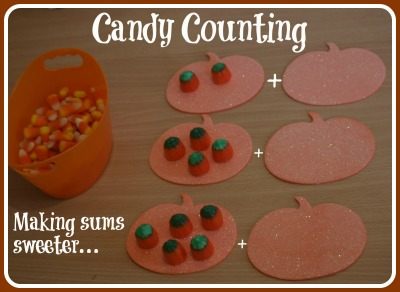 |
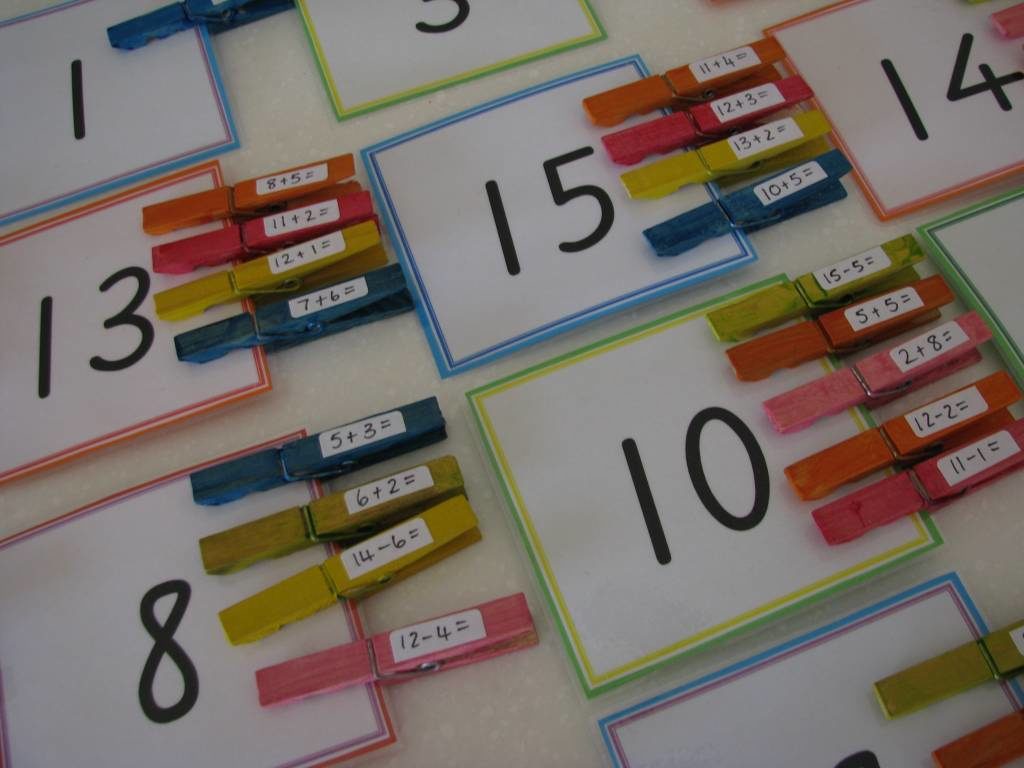 |
N is also for Number Recognition.
Numbers are all around us. It is pretty simple to make a number recognition game anywhere: in the car, at a doctor’s waiting room, at the grocery store, inside the house Talking and pointing at the numbers we see round us is a great hands on way to teach younger kids numbers. Most of us do that anyway. If you are looking for a number recognition activity with some artistic elements to it the following activity will appeal to you. Use colored paper and water to make number recognition exciting for toddlers.
Some more activities to keep and your kids busy, learning and exploring.
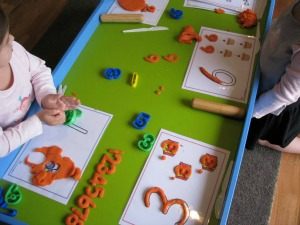 |
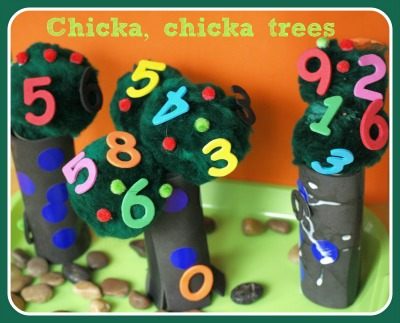 |
- Beat car ride boredom with a fun number recognition game
- Create scavenger hunts for your younger kids
- Use toy organization as a number recognition exercise
- Use a mail box and DIY play coins for number matching and recognition
O is for Ordinal numbers
Ordinal numbers are the numbers that describe the position or rank of an object: first, second, third and so on. When we use a list of objects and place them in an order , we use ordinal numbers to position them. We also use ordinal numbers in our day-to-day activities and in daily linguistics.
- Telling your child that her socks is in the second draw
- The book is on the fourth shelf
- Telling her that she is third in line at the park swingset
Here’s a look at what we did:
We decided to make use of our little princess to help us learn Ordinal numbers. With a pretend play setting, it did not seem daunting. We had a story in place of-course: It was about taking turns between friends and it was a perfect setting to introduce Ordinal Numbers. Story is simple, it was about how everybody wanted to ride the carriage. Now they can’t all do it at the same time so what do you do? Kids know the right thing to do – The answer is straight forward – who gets to go first? then the second then the third and so on.
Look around you for more fun ways to teach Ordinal numbers. Math concepts have made its way into our everyday vernacular, we just need to look around us !
Here is another interesting link on Ordinal numbers :
Click here to read the fourth part of the series: P-T
Click here to read the final part of the series : U-Z
Thanks for reading
Please take a moment to comment
Thanks for stopping by our little space here. We encourage you to stick around and take a look at couple of our popular posts.
[divider top=”0″]
Follow us on Pinterest for more kids activities. If you love play based learning and enjoy doing activities with your kids, Pinterest truly is the place to be: For parents, educators and care-givers.
[divider top=”0″]
This post is a part of a ABC series brought to you by 70+ bloggers and hosted at “This Reading Mama“. Check out her blog and thanks for the amazing work she has put into organizing this event. Kudos to her!
Look at all the topics other bloggers have covered
To read tips on “How to teach you kids math in a fun way” visit Montessori Tidbits for a fantastic ABC series.
MOM TIPS & TRICKS:
- Being a Hands on Mom from hands on : as we grow
- Connecting with your Kids from One Perfect Day
- Family Field Trips with Kids from Edventures with Kids
- Fun Healthy Snacks for Kids from Juggling with Kids
- Kids Party Ideas from Mama Pea Pod
- Mama Survival from The Dizzy Mom
- Organized Home from Mamas Like Me
- Printables from Mama Miss
- Raising Boys from Boy Mama Teacher Mama
- Raising Eco-Friendly Kids from Kitchen Counter Chronicles
- Raising Girls from Mess for Less
- Raising a Healthy Kid from Living Life Intentionally
- Raising a Thinking Child from The Outlaw Mom
- Raising Toddlers from Home Learning Journey
- Raising a World Citizen from All Done Monkey
- Simply Celebrating Holidays as a Family from Inspired by Family Magazine
- Teaching Kids about Money from Carrots are Orange
- The Family Dinner Table from Connecting Family & Seoul
- Trying A New Experience with Your Children from 52 Brand New
- Values for Children from True Aim Education



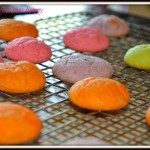
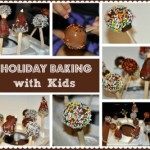
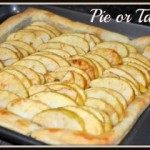
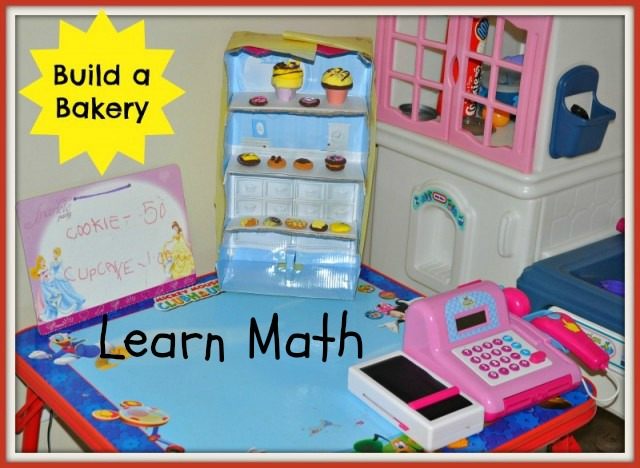

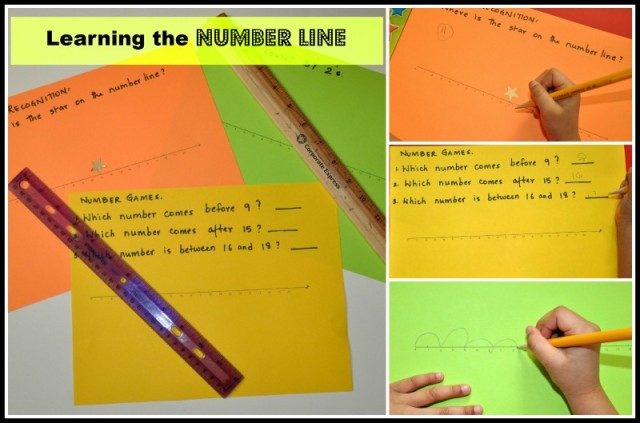
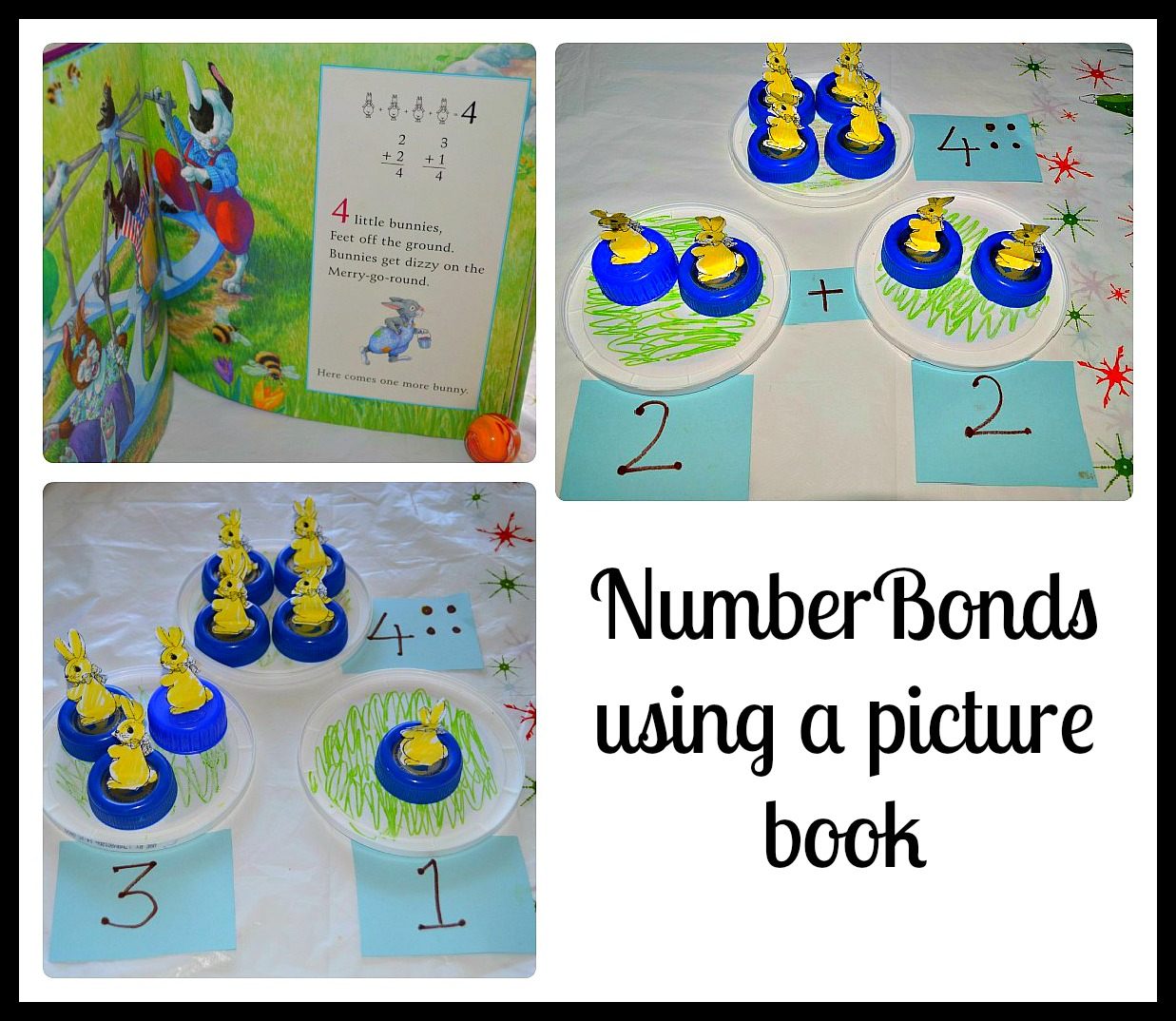
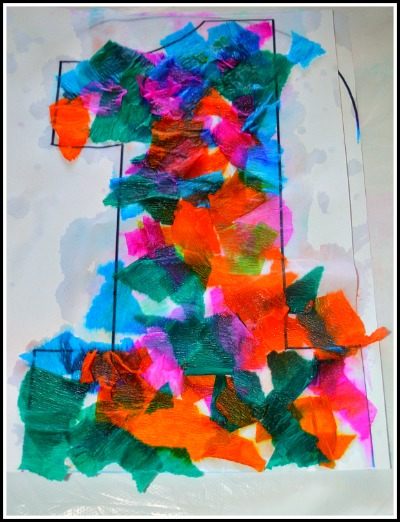
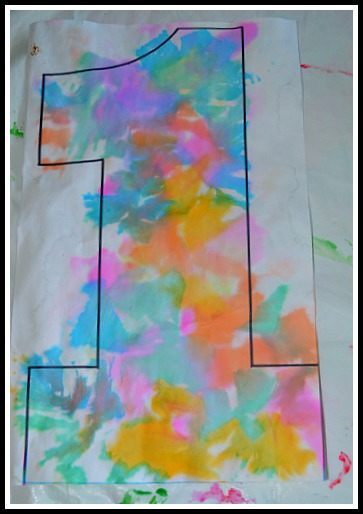

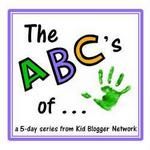
Wonderful ideas here! I’m pinning this for our homeschool. I love the coin rubbings!